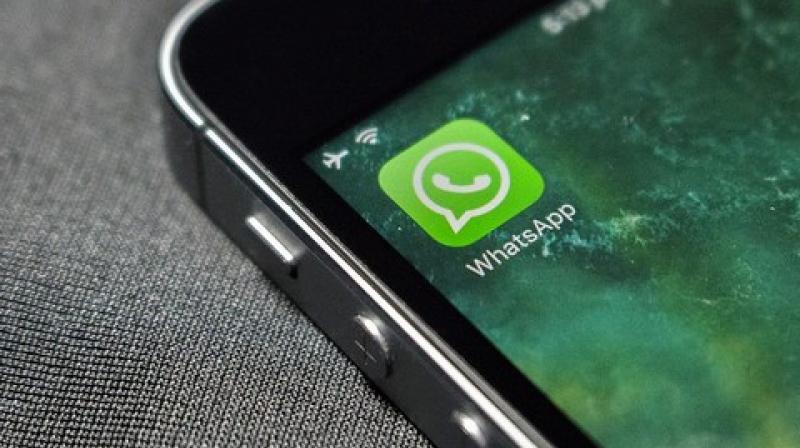Social media firms are focusing on votes

The recent election to the 17th Lok Sabha was remarkable in many respects for the sensational win it gave to the BJP. Prime Minister Narendra Modi led an aggressive polarising campaign that attracted many first-time voters with its message of a strong leader for the country. It was given a boost by a powerful grassroots, booth-level organisation led by BJP president Amit Shah.
Mr Modi and the BJP have been most successful in using social media channels to promote their ideology. They were first tried in 2011 and then during the 2012 state Assembly elections in Gujarat they had mastered the techniques, and by the elections in 2014, Face-book had for months been wor-king with several campaigns. Mr Modi relied heavily on Facebook and WhatsApp to recruit volunteers, who in turn, spread his message on the social media. Since the election, Mr Modi’s Facebook followers have risen to 43 million, almost twice that of US President Donald Trump and way more than any other Indian leader.
A key role was played by WhatsApp with over 200 million users in India — which is owned by Facebook — in which one message could be forwarded to as many as 200 followers. Such “trolls” were frequently used to send false messages that could incite susceptible people into violence. Fake news remained the most fraught feature in a bitter election campaign, and WhatsApp continues to play a leading and powerful role in disseminating it. Though the number of people who could be sent such messages was greatly reduced by Facebook, Reuters reported last month that this limit can be offset by a software that costs as little as Rs 1,000, allowing users to send thousands of messages at a time.
The use of false news was not one-sided. While the Hindu right has been far more successful in running an online campaign through media like WhatsApp, researchers at the Oxford Internet Institute, University of Oxford, found in a study of news and information circulating on Facebook and WhatsApp in the two months preceding the election that over a quarter (28 per cent) of all news links shared on pro-Bharatiya Janata Party (BJP) Facebook pages were classed as “junk news and information”. The figure for the Congress (INC) was 21 per cent.
Investigative journalists Cyril Sam and Paranjoy Guha Thakurta in their well-researched book The real face of Facebook in India contend that “there is evidence — some of it circumstantial — to indicate that senior employees of Face-book in India have in the past worked, and continue to work, very closely with the BJP and Narendra Modi since 2011.”
They further add that after a meeting with Mr Modi in September 2015 in California’s Silicon Valley, Mark Zuckerberg had posted: “In recent campaigns around the world — from India and Indonesia across Europe to the United States — we’ve seen the candidate with the largest following on Facebook usually wins.”
In recent years, Facebook has become involved in elections in many countries, starting with working to get Barack Obama elected in 2007. The presidential election the following year saw the rise of the world’s first “Facebook President” in Barack Obama, who with the platform’s help was able to reach millions of voters in the weeks before the election.
In some of the world’s biggest democracies — from India and Brazil to Germany and the UK — the unit’s employees have become de facto campaign workers.
What started as a social network to keep tabs on friends is increasingly playing a political role. It is in the nature of the beast. Moving from a purely commercial zone where mathematical algorithms are used to predict shopping preferences, a logical step is to find out voting preferences and how these could be manipulated. From here it is not so unthinkable to generate ill-will or hatred.
Social media companies soon acquire the power of the former imperial powers. They are the new rulers. It is not surprising that six of the 10 top companies with the largest market cap belong to them.

